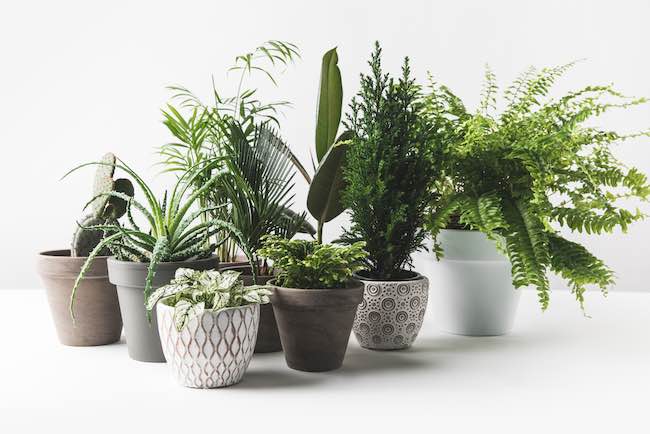House plant care after purchase

Quick Guide to GardenAdvice houseplant watering
In recent years, the surge in houseplant popularity has not only transformed our living spaces but also sparked a deeper conversation about the practices surrounding their care and presentation. While the convenience and cost-effectiveness of plastic pots and peat-based composts have driven their widespread adoption among growers, a closer look reveals that these practices may not align with the best interests of the plants or their caretakers once they reach their final destinations.
From Convenience to Consideration
Initially, the appeal of plastic pots and peat-based composts is clear: they reduce transportation costs and facilitate the growing process. However, once these plants arrive at retail stores or find their way into our homes and offices, the limitations of such materials become apparent. Plastic pots, though lightweight and economical, often fall short in providing the optimal conditions for plant growth and visual appeal. Similarly, while peat-based composts support initial plant development, they may not cater to the long-term health needs of the plant or the environmental sustainability.
A Shift Toward Sustainability and Care
Transitioning to more sustainable materials like clay pots and nutrient-rich, eco-friendly potting mixes can significantly enhance the houseplant experience. Clay pots offer superior breathability, allowing air and water to circulate more efficiently, which is crucial for root health and overall plant vigour. Their aesthetic appeal and stability are added bonuses, resonating with the desires of many plant enthusiasts for a more natural and stylish presentation.